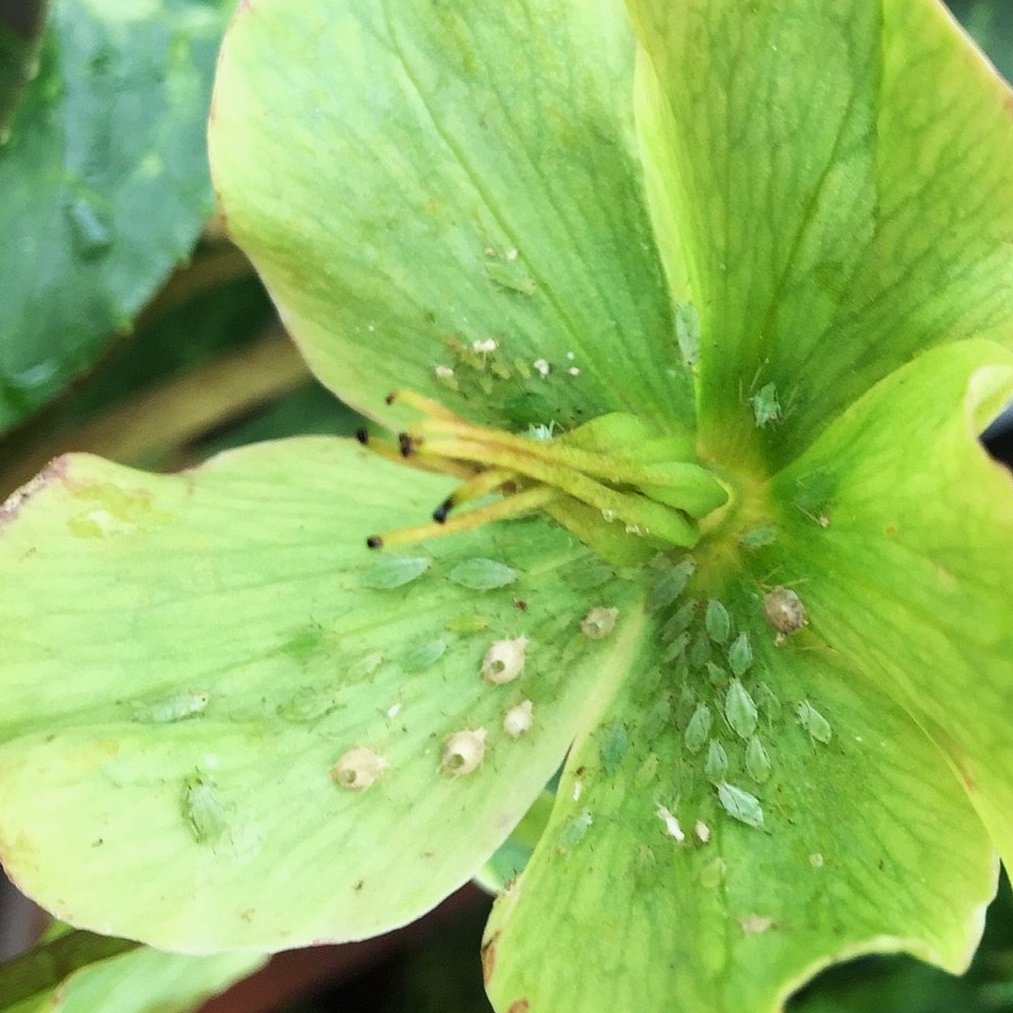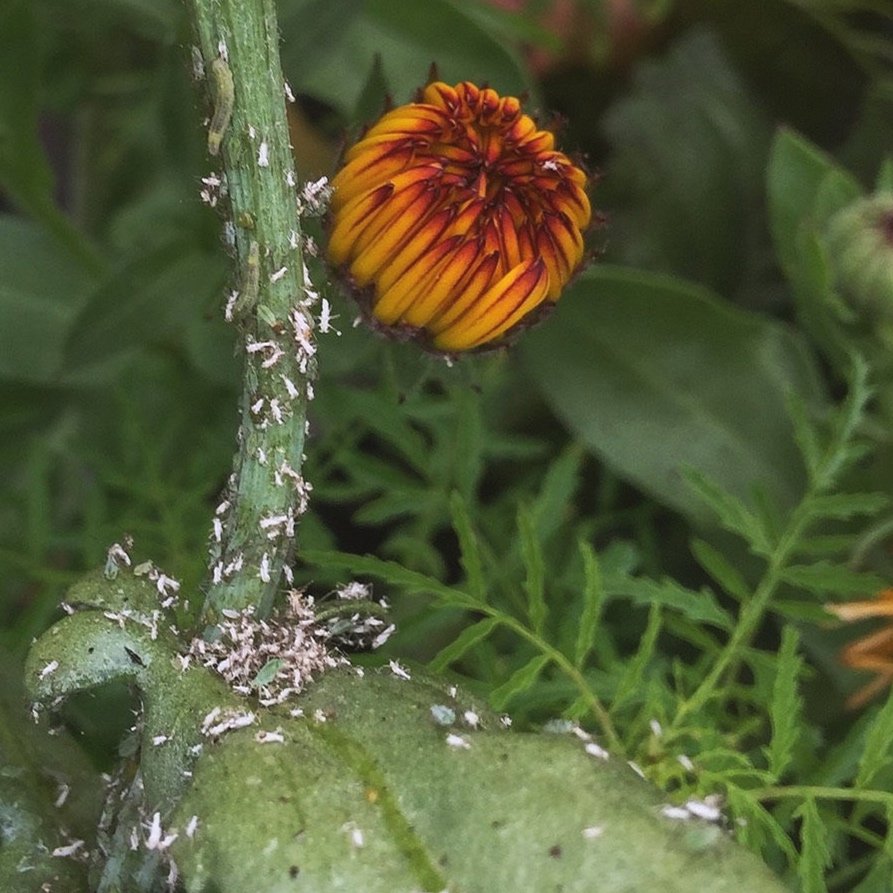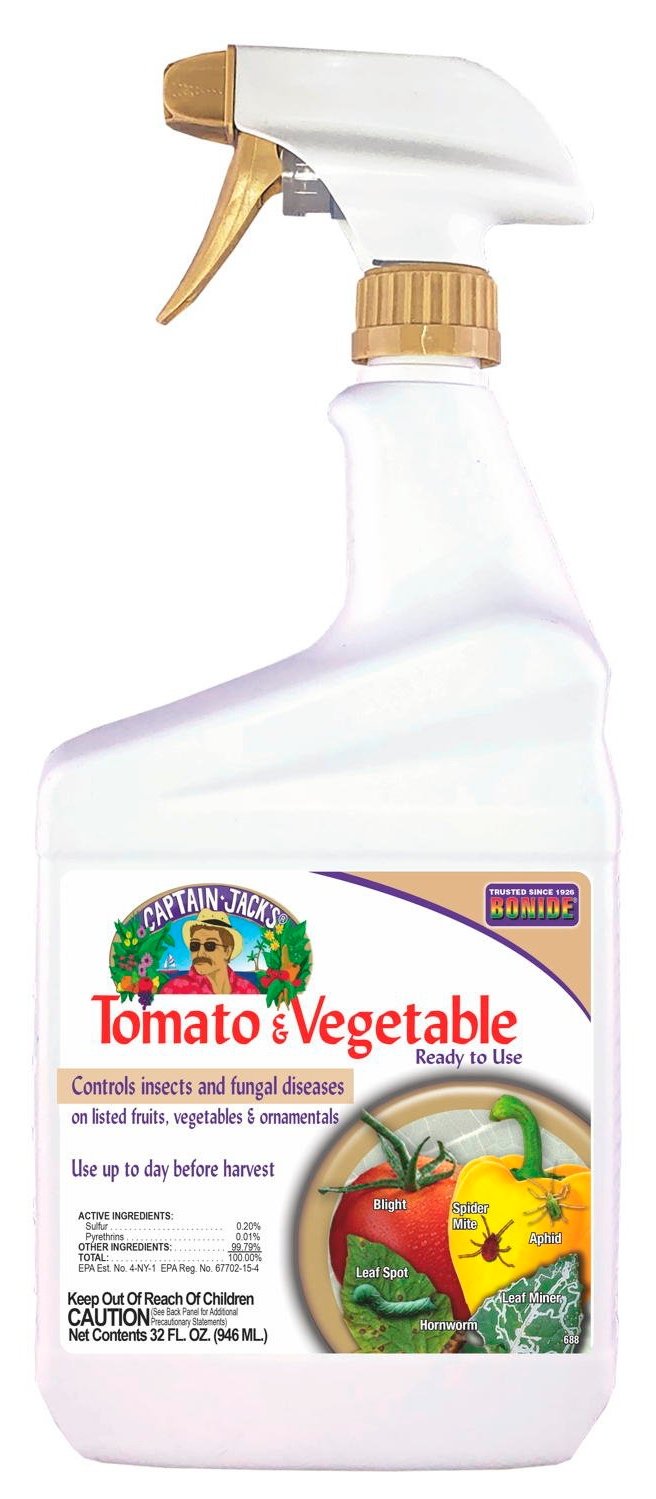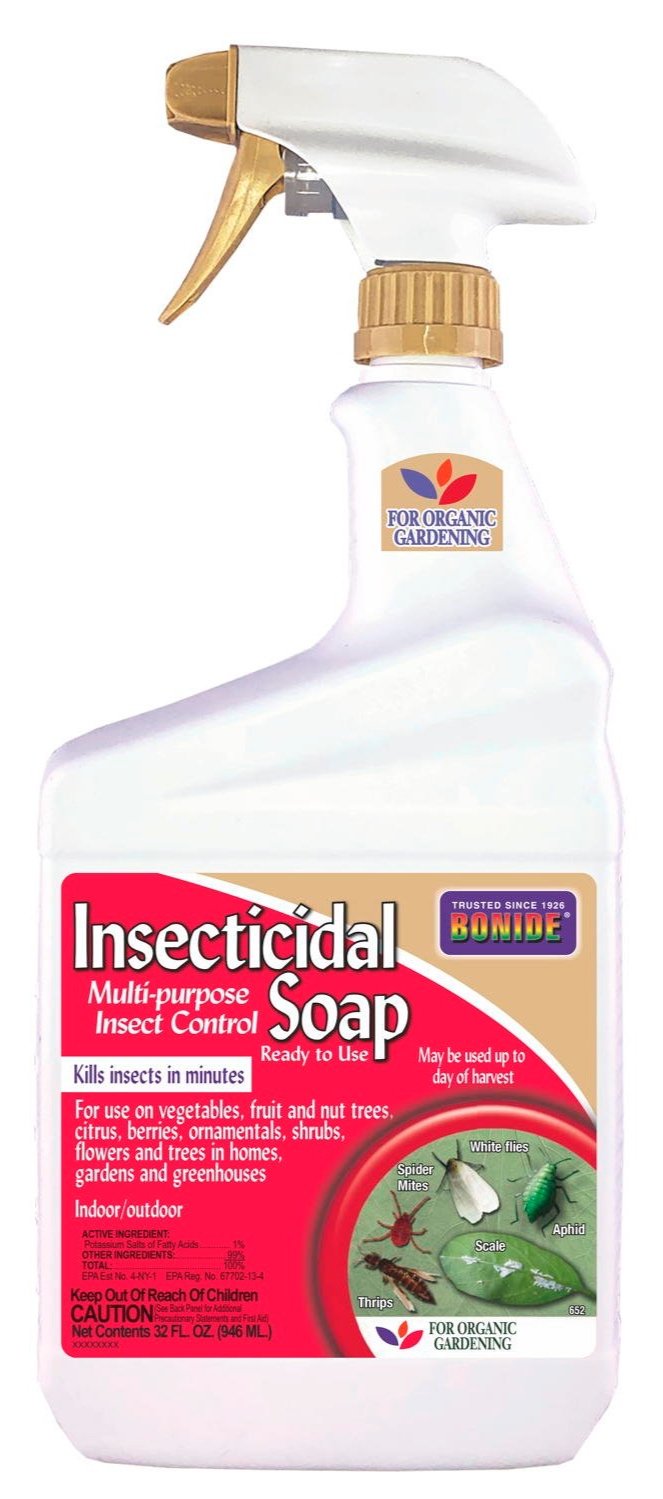What's on My Plant - Aphids
What’s on My Plants? – Aphids
Aphids are small sap sucking insects with soft, pear-shaped bodies. They feed by piercing and sucking out nutrient rich fluids from plants. They are attracted to tender new growth and are found on young buds, stems and the underside of leaves. They can range in color from green, black, red, yellow, brown or gray. It is important to control them as soon as you identify them as their population can grow explosively. Some species can complete up to 15 generations in one season.
There are over 4,000 different species of aphids around the world. Some common ones include:
Rose aphids tend to be pale green.
Milkweed aphids are orange or bright yellow.
Cabbage aphids are grayish-white color and feed on cruciferous plants.
Green peach aphids are yellowish-green and feed on hundreds of different plants including vegetables and perennials.
Potato aphids are green and feed on potatoes and tomatoes and other solanaceous crops.
In many cases, damage is not apparent from aphid feeding. In severe Infestations, you might note curled leaves, yellow foliage or stunted growth. After feeding, they excrete a sticky, shiny waste substance called honeydew. It is a sugar rich material that attracts ants, yellowjackets and other insects that feed on it. It does not necessarily cause damage, but it can make an unsightly mess on foliage, hardscape, outdoor furniture and cars. Sooty mold is a fungus that grows on honeydew and creates dark splotchy marks on foliage and branches. Aphids also regularly transmit plant viruses from one plant to another.
Cultural Control:
Cultural and biological controls are the most recommended control methods as many chemical controls will damage beneficial insects along with the aphids. Aphid infestations may decline in hot weather.
Monitor your plants at least twice a week during the early growing season. Sticky Traps Blue & Yellow by Pest Wizard can be useful for monitoring and helpful with controlling an infestation. The presence of ants can also serve as an indicator of an infestation.
In the early morning, spray your plants with a strong stream of water from your hose. Typically, they are unable to return to the plant. We carry The Bug Blaster which can be effective in dislodging adults, larva and eggs.
Wipe off aphids from the leaves and buds.
Avoid excessive pruning during the growing season to avoid encouraging new growth.
Keep the garden clear of weeds.
Use slow release or organic fertilizers which release nitrogen slowly over time slowing new growth.
Grow vegetable seedlings under protective covers.
Control ant infestations on woody plants or trees using a sticky insect barrier such as Tree Tanglefoot or wrap a young tree with Tree Wrap and then spread the substance on it. Ant Baits by Rescue is also effective. Ants have been known to protect aphids from natural enemies and “farm” them by moving them around the plant and garden.
Dormant spraying of fruit trees in winter will kill overwintering eggs.
Plant natural aphid repellents such as catnip, marigold, chives, onion, leeks, garlic, dill, fennel and cilantro
Biological Control
There are many natural enemies that are effective in naturally controlling aphids. Parasitic wasps are the most important. Release beneficial insects such as ladybugs, green lacewings or praying mantis in the infected area of your garden. They will remain in the garden as long as there are insects on which to feed. They are most effective when the population is low to medium.
Chemical Control
Spray with an insecticidal soap, horticultural oil or pyrethrins if the above methods are unsuccessful. Thoroughly drench the plant including the underside of leaves, as the product must be in direct contact with the aphids to be effective. Multiple applications may be necessary. Two respected products we carry:
Tomato & Vegetable by Bonide – Multi-purpose Insect Control Ready to Use
Insecticidal Soap by Bonide Controls insects and fungal diseases Ready to Use and Concentrate, approved for organic gardening
Note: As with all chemical treatments, please read the instructions thoroughly before application.
University of California Integrated Pest Management






